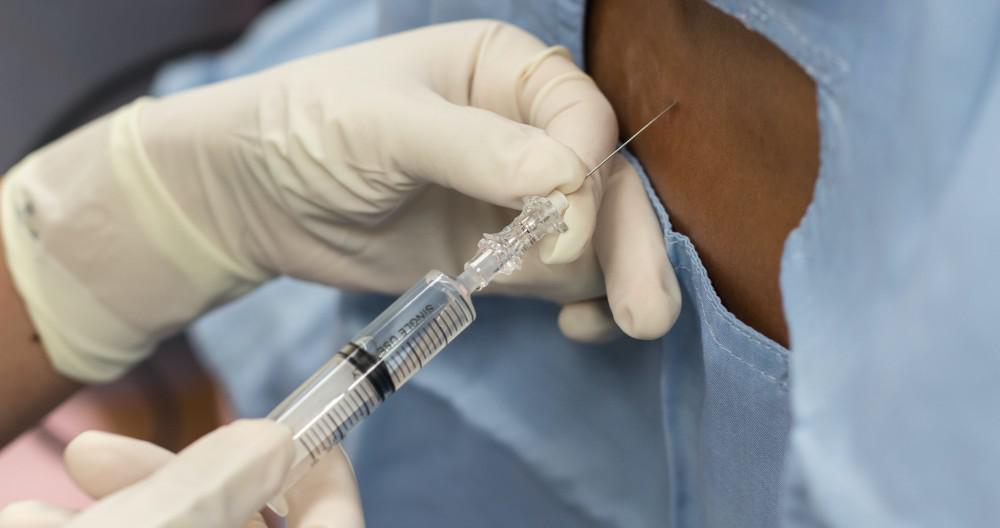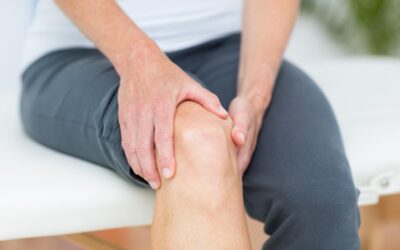Whether you’re biologically male or female, your pelvic area houses a number of organs and structures that can cause pain when they’re not functioning optimally. Pelvic pain is sometimes diffuse and hard to pin down, or it can be extremely localized and intense. The area where you experience pain, as well as the intensity and quality of your pain, provide clues that help your doctor diagnose its cause and come up with a treatment plan to give you relief.
Pelvic pain could be a sign of a serious condition that needs immediate medical treatment, such as a ruptured appendix, ectopic pregnancy, or ruptured ovarian cyst. Whether the cause of your pain is serious or benign, pain management specialist Hasan Badday, MD, founder of Pacific Pain and Regenerative Medicine in Irvine and Los Angeles, California, helps you find relief.
Causes of pelvic pain for both sexes
Your pelvic area starts just below your navel and extends throughout the region of your pelvic bone and hips. Your pelvis and abdominal area contain many structures that could cause pain including:
- Nerves
- Muscles, tendons, and ligaments
- Reproductive organs
- Bladder and urinary tract
- Bowel and rectum
- Appendix
- Vertebrae and discs
When a pelvic organ or other structure is damaged or infected, the pain may radiate to other areas in your pelvis and abdomen. Some causes of pelvic pain in both sexes include:
- Appendicitis
- Constipation
- Digestive diseases
- Hernia
- Adhesions or scar tissue
- Muscle spasms
- Kidney stones
- Damaged nerves or slipped discs
If you have sharp, intense pain on the lower right-hand side of your abdomen, you may have appendicitis or a ruptured appendix. You should go to the emergency room immediately. A ruptured appendix can cause a life-threatening infection.
Other causes of pelvic pain in either sex could be:
- Urinary tract infections (UTI)
- Cystitis
- Sexually transmitted diseases (STDs)
- Benign or cancerous tumors
Seek immediate medical attention if you have sharp pain, nausea, vomiting, fever, or loss of consciousness.
Causes of pelvic pain in females only
Women often have pelvic pain associated with their menstrual cycles. However, pain is never normal and is a sign that one or more organ isn’t functioning at its best. Pelvic pain in women can be caused by:
- Ectopic pregnancy
- Endometriosis
- Adenomyosis
- Pelvic inflammatory disease
- Miscarriage
- Ovarian mass
- Ruptured ovarian cyst or fallopian tube
- Menstrual cramps or ovulation pain
Sharp, intense abdominal or pelvic pain could be a sign of a ruptured cyst or tube, or an ectopic pregnancy, which can be life-threatening. Seek emergency medical care immediately.
Causes of pelvic pain in males only
Prostatitis, or inflammation of the prostate gland, is the most common male-specific cause of pelvic pain in men. Prostatitis is often accompanied by a bacterial infection. Men may also suffer from an enlarged prostate or from pelvic floor dysfunction.
Getting help for pelvic pain
If you suffer from pelvic pain, Dr. Badday conducts a thorough physical examination, takes a complete medical and family history, and may order imaging studies and other tests to locate the source or sources of your pain. Once he’s determined the cause, he designs a treatment plan, choosing from a wide variety of cutting-edge pain management techniques, including intravenous (IV) therapy, cannabidiol (CBD) sprays and creams, and stem cell therapy.
Don’t ignore your pelvic pain. To find out why you’re suffering from pelvic or abdominal pain, contact us today by phone or use the online booking form. If you have intense, sharp pain or pelvic pain accompanied by nausea, vomiting, fever, or loss of consciousness, go to the emergency room immediately.









